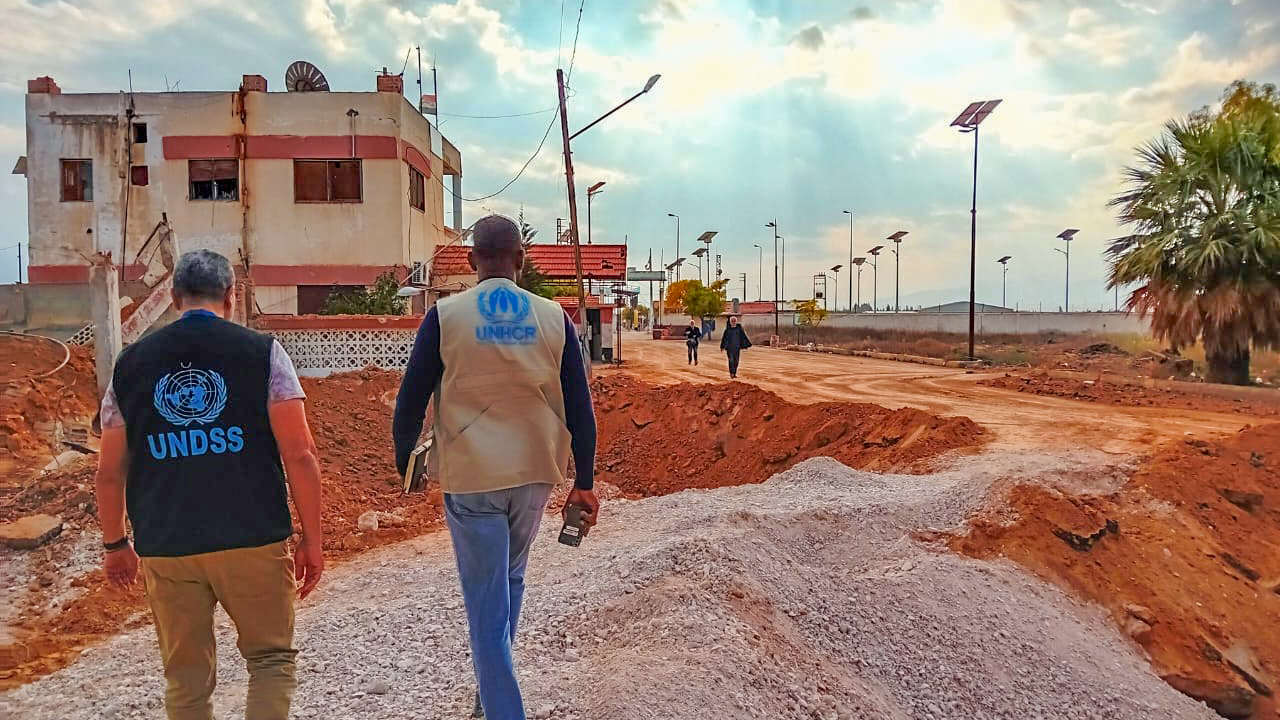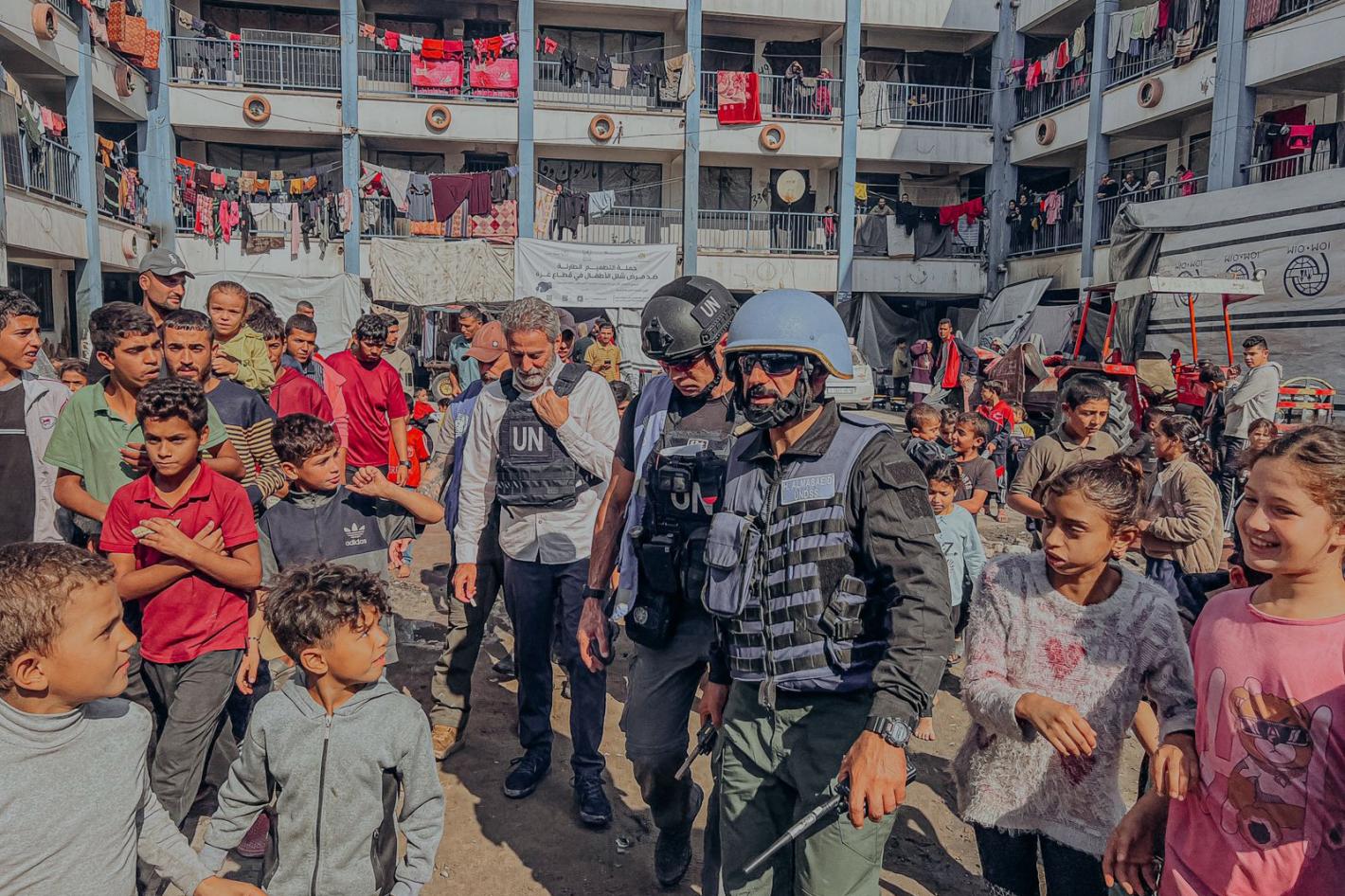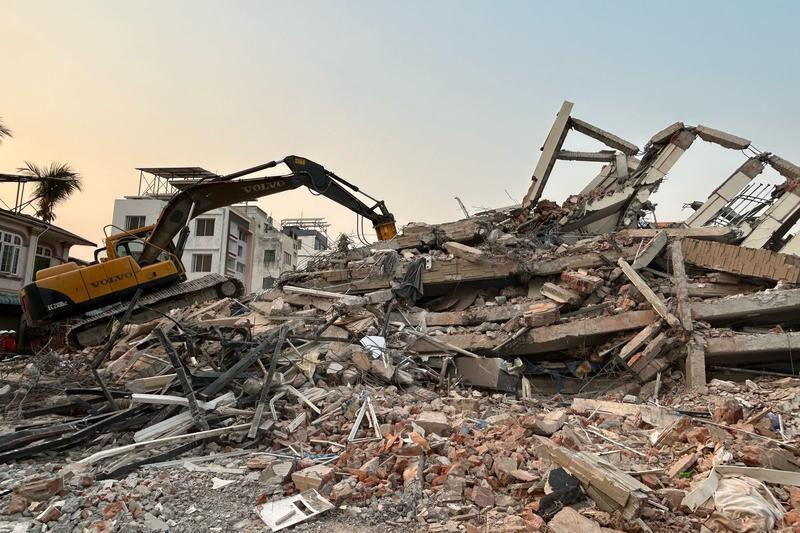In Damascus, the echoes of airstrikes fade into the morning call to prayer, but the tension never fully lifts. More than a decade since the war began, Syria remains fractured by shifting alliances and ongoing insurgencies. Its people endure relentless conflict, while humanitarian workers face daily dangers — crossfire, airstrikes, and explosive remnants of war — to deliver aid. Behind the scenes, UNDSS plays a critical yet often invisible role in keeping them safe.
An Escalating Security Crisis
Between 6 and 12 March, UNDSS recorded 156-armed conflict incidents across Syria — a sharp surge. Airstrikes have intensified in the south, central, Damascus, and coastal areas; and rising sectarian violence persist in central and coastal regions.
On 6 March, a UN nationally recruited personnel member was killed in crossfire between warring factions in the coastal area. On 18 March, a stray bullet struck a UN armoured vehicle during a humanitarian mission in southeast Deir Ezzor. No injuries were reported. These incidents, among others, underscore the daily risks humanitarian workers face.
Meanwhile, in the coastal region, more than 1,100 civilians have died since hostilities escalated on 6 March. The Caretaker Authorities (CTA) reported on 10 March that their security operation had concluded, but fighting continues, raising doubts about the viability of stabilization efforts.
"The reality is that nowhere in Syria is truly safe," said a UNDSS security official. "Even well-planned missions can be derailed by sudden threats."
The Hidden Work of UNDSS
Operating in Syria demands constant vigilance. UNDSS is the backbone of humanitarian safety, delivering real-time risk assessments and road assessments, escorting convoys through high-risk zones, providing training, and implementing security protocols for UN compounds and personnel.
UNDSS support proved instrumental in recent evacuation operations from Latakia and Tartus, where UN security teams safely extracted staff, dependents, INGO personnel, and some Member State nationals amid escalating violence. Beyond immediate response, UNDSS monitors geopolitical shifts that may impact humanitarian access.
One such shift is the CTA–SDF integration deal, which seeks to bring SDF forces under the Syrian state structure. This development has raised concerns in Iraq, where the SDF has long acted as a buffer between Sunni factions in Syria and Iraq’s predominantly Shia government. Changes in territorial control like this directly influence UNDSS planning and risk management.
Since January 2025, UNDSS has also intensified efforts to enhance the awareness and capabilities of UNSMS personnel and other humanitarian actors. A total of 133 UN and INGO personnel have been trained in SSAFE, ETB, IFAK, and Explosive Ordnance Awareness, with additional online resilience-building sessions conducted in collaboration with CISMS.
“We Keep Going”
Despite the risks, the UN remains committed to its mission in Syria. With over 15 million people in need, security threats often delay humanitarian access, but stopping isn’t an option. "We know the risks," said a UN field worker in Deir Ezzor.
"But every day we continue, lives are saved. That’s why we keep going."





